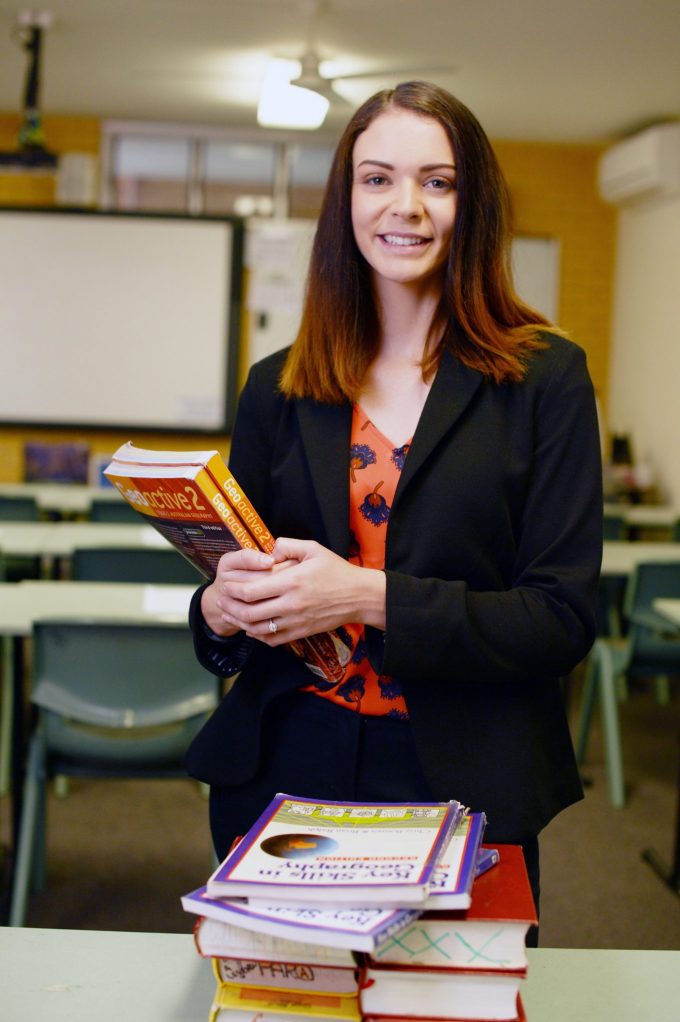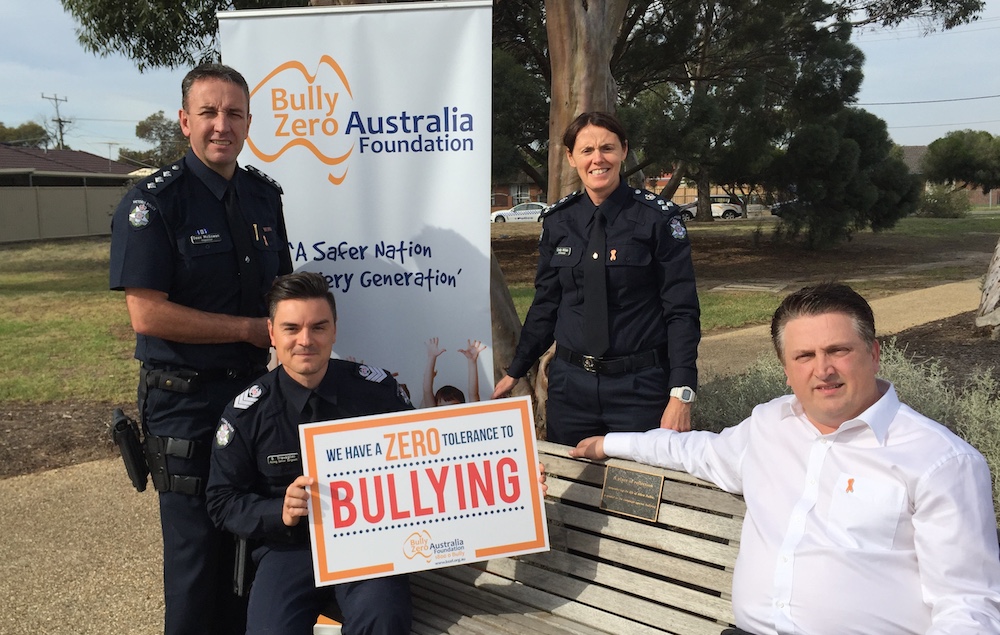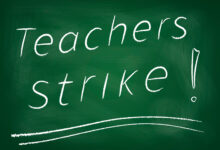Leave those walls alone: Integrated security to stop graffiti
Keeping a better eye on your campus could save your school some serious money, time, and keep your school looking great.

These days, it’s a rare education professional who hasn’t had firsthand experience with the issue of graffiti in Australian schools.
Some estimates put the national cost of graffiti and other forms of vandalism at close to $3 billion per year (1). Depending on the surface area, type of graffiti painting and material involved, organisations will typically spend between $50 and $100 a square metre erasing this unwanted ‘artwork’, by Airtasker’s reckoning (2).
Read the latest print edition of School News HERE
Those finite funds could undoubtedly be better spent on a myriad of other essential tasks and projects, from upgrading toilet facilities to keeping the garden beds tidy.
Paint over the problem – or prevent it from occurring?
For most school leaders, removal is their chief priority once graffiti is detected. Leaving it sit for an extended period tends to embolden other artists, making the problem exponentially worse over time. That’s why getting it off quickly makes sound sense.
But, as always, prevention is better than cure. Over time, it can be much cheaper too, often by an order of magnitude. Hence, proactive types tend to look for ways to make their blank walls less attractive – by roughening their surfaces, for example, or applying dark coloured paint that’s harder to discolour. Vegetation, in the form of prickly hedges or climbing vines, can also send spray can wielding students searching for ‘canvases’ that are easier to access.
Catching the culprits on candid camera
The knowledge that their activities are subject to surveillance from the moment they step onto the school grounds can also be a highly effective deterrent, for students and members of the public alike.
It’s possible that there is already a security camera or several installed in key locations around the grounds, but how effectively they’re doing the job is open to debate. Unless the school has invested heavily in suitably positioned devices, it’s likely there will be gaps in the coverage. And, if utilising legacy technology, finding incriminating evidence among the footage could well entail hours of scrolling for your admin or ICT team.
It’s also unlikely to be able to monitor multiple buildings or zones simultaneously and in real time.

Tools to make the task easy
Implement a unified security platform that can easily connect multiple devices and add-ons and makes identifying the culprits simpler. In this context, the term ‘unified’ refers to the fact that all physical security activities, functions, and data flow into a single platform.
Having this technology in place will enable the campus to obtain a complete picture of everything that goes on at facility campus, while school is in session and after hours.
Monitoring and securing the premises will become easier and more efficient and so will responding quickly to unfolding incidents, such as opportunistic graffiti. Choose a platform with sophisticated video search and summary capabilities and the school can visually scan through hours of footage, identify scene changes in seconds and instigate swifter action against interlopers.
Getting better value from your maintenance budget
In the present day, Australia’s cohort of school leaders and administrators are required to make their funding stretch a dozen different ways. Reducing your outlay on graffiti cleanup is a great way to make room in your maintenance budget for more constructive spending. Implementing a unified security platform can help you wipe away the problem for good and an investment in this area is likely to prove a smart move.
 This article was written by George Moawad, Country Manager for ANZ at Genetec.
This article was written by George Moawad, Country Manager for ANZ at Genetec.







